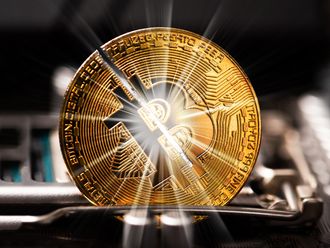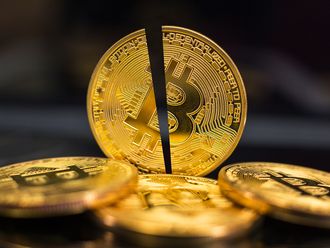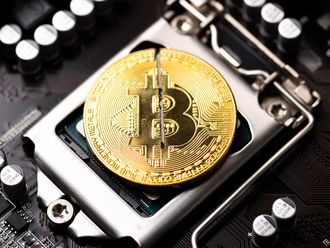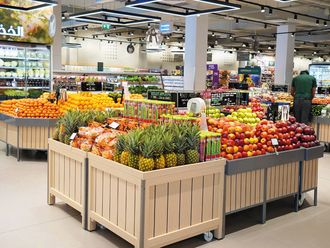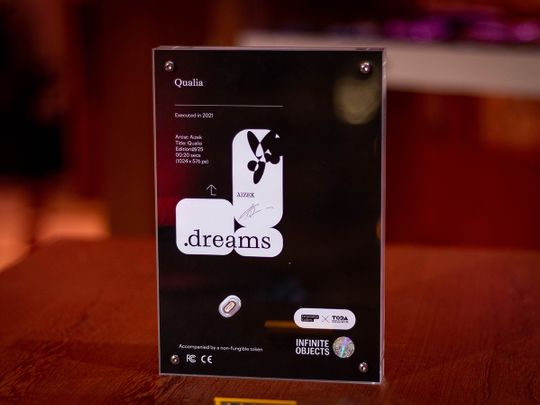
Non-fungible Tokens (NFT) - the internet’s latest obsession - is a digital collectible traded on the blockchain that has the potential to make real money. 2021 saw the adoption of NFTs across industries as diverse as gaming, finance, art, and even medicine. NFTs have made a clear dent in the art dealership world, and with interest at its peak, it is even more important to stay up to date on the trends surrounding this realm.
Interdisciplinary NFTs - or cosmopolitan NFTs - is one trend that will become popular. These NFTs comprise of several media forms including digital art, audio pieces and video clips. This 3-in-1 NFT such as the 3LAU token is a collaboration of digital artists along with a video artist. These three media disciplines will likely extend to include sports or even NFT utilities.

The second trend is more global – and more conditional. In just the last year, the world welcomed new digital platforms such as NFT art sales sites. One of the record-breaking art pieces sales was reported by CNBC, when a Singapore-based Indian Vignesh Saundare purchased $69 million of art pieces through NFT in March 2021 of an artist by the name of Beeple.
The next logical step in digital art should be a reduction of the NFT eco-system to a common denominator. This includes the identification of tools in the offline market that are likely to attract a new audience of NFT collectors. The questions that need to be asked are: Can biennale formats be used as a basis? And if so, what should new digital museums be like? How could the audience access them? How should curators select art pieces and how will the entire curatorship concept fit into the NFT market?
To ensure the proper order and build an ecosystem at the NFT market, it is important to properly analyze the offline world and apply the best practices discovered.
Can offline art make the NFT cut?
The third trend is the bridge between digital art and the offline world, the Metaverse. As soon as the world’s top economies and countries recognise cryptocurrency, the matter of physical object tokenisation will be brought up. The prices of both digital art and physical art are merely the same.
Real art held by individuals’ costs about $3 trillion, and the total cryptocurrency market capitalisation is expected to cost the same – or even more with the course of time. Prospectively, all this art can be purchased - but how will we connect these worlds? To what extent tokenised offline art will be popular among cryptocurrency holders and NFT collectors?
There’ve been some cases which have been successful this year- Uffizi Museum managed to sell a piece by Michelangelo for $130,000, and the State Hermitage sold a digital Madonna Litta for $150,000. That wasn’t as much as the world expected it to be! These two worlds need to merge as the connection between the digital world and the NFT world is the third trend that all the parties will benefit from.
There is no turning back from this trend. It is time to embrace these new technological advances. Art galleries and auctions should consider redirecting all efforts to the new model of art dealership and trade with NFTs.

